Barley Sharp Eyespot Control – Tips For Treating Barley Sharp Eyespot Disease
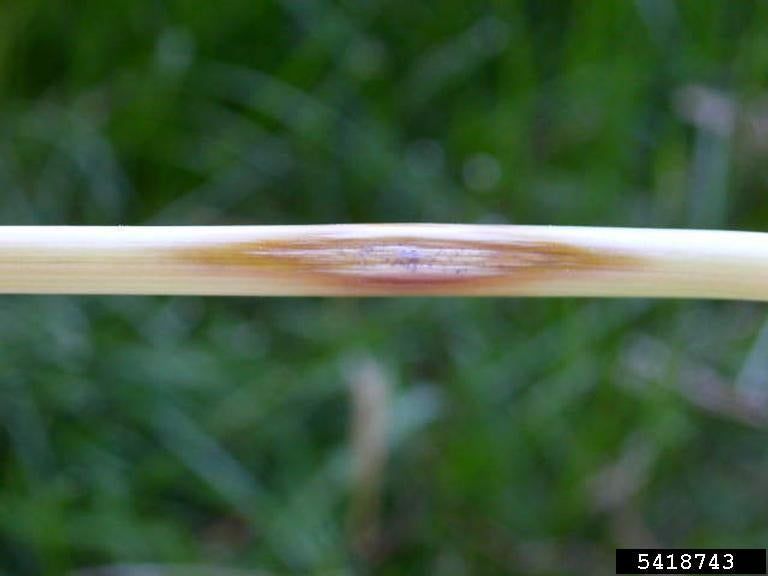

Barley, wheat, and other grains are susceptible to a fungal disease called sharp eyespot. Fortunately, if you see sharp eyespot on barley growing in your garden, it shouldn’t have a big impact on yield. However, infections can become severe and prevent barley from growing to maturity. Know the signs of sharp eyespot and what to do about it if it turns up in your garden.
What is Barley Sharp Eyespot?
Sharp eyespot is a fungal disease caused by Rhizoctonia solani, a fungus that also causes rhizoctonia root rot. Sharp eyespot can infect barley but also other grains, including wheat. Infections are most likely in soils that are light and that drain well. The fungus is also more likely to attack and infect when temperatures are cool and humidity high. Cool springs favor barley sharp eyespot.
Symptoms of Barley with Sharp Eyespot
The name sharp eyespot is descriptive of the lesions you’ll see on affected barley. Leaf sheaths and the culm will develop lesions that are oval in shape and that have a dark brown edge. The shape and coloring are like a cat’s eye. Eventually, the center of the lesion rots out, leaving a hole behind. As the infection progresses and when it is more severe, the roots will become affected, turning brown and growing in fewer numbers. The disease can also cause barley to become stunted and the kernels or heads to bleach and turn white.
Treating Barley Sharp Eyespot
In commercial grain growing, sharp eyespot is not a major source of crop loss. Infections tend to be more severe and widespread when a grain is grown in the same soil year after year. If you grow barley, you can rotate the location to prevent buildup of the fungi in the soil that can cause more serious outbreaks of disease. Preventative measures also include using seeds that are certified disease-free and amending your soil to be heavier and more fertile. Pick up plant debris each year if you have had an infection in your grain. This will limit the disease in the soil. You may try using fungicides to treat sharp eyespot, but it is typically not necessary. You should still get a good yield even if you see some lesions on your grain.
Gardening tips, videos, info and more delivered right to your inbox!
Sign up for the Gardening Know How newsletter today and receive a free copy of our e-book "How to Grow Delicious Tomatoes".

Mary Ellen Ellis has been gardening for over 20 years. With degrees in Chemistry and Biology, Mary Ellen's specialties are flowers, native plants, and herbs.
-
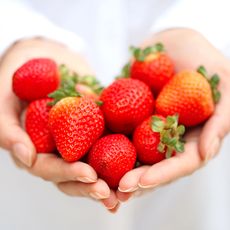 How To Grow Strawberries From A Strawberry: All You Need To Cultivate Yummy Fruits
How To Grow Strawberries From A Strawberry: All You Need To Cultivate Yummy FruitsYou may know how to grow strawberries from small plants or runners – but what about growing from the fruit? Here we show you how to grow strawberries from a strawberry
By Mary Ellen Ellis
-
 Best Tomatoes For Containers: 10 Tastiest Varieties For Plentiful Produce In Compact Areas
Best Tomatoes For Containers: 10 Tastiest Varieties For Plentiful Produce In Compact AreasThese are the best tomatoes for containers that prove you don't need to have a large space or elaborate garden to grow delicious produce.
By Bonnie L. Grant
-
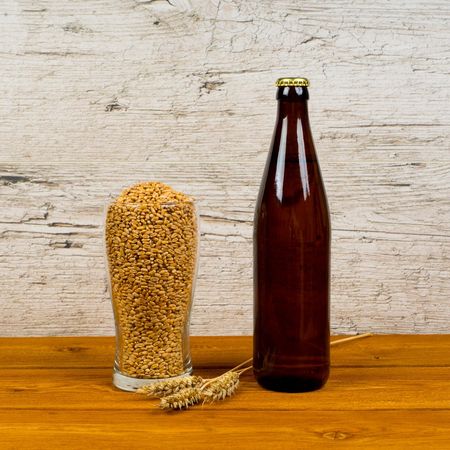 Growing Malted Barley – How To Grow Beer Barley At Home
Growing Malted Barley – How To Grow Beer Barley At HomeToday, there are many beer making kits available, but why not take it a step further by growing your own malted barley. Click on the following article to find out how to grow and harvest malted beer barley from your own backyard.
By Amy Grant
-
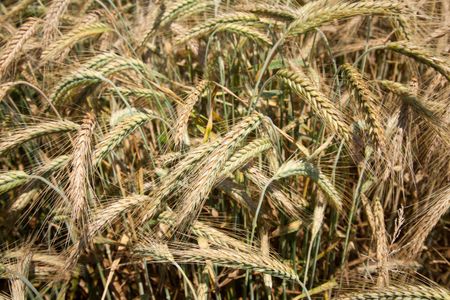 Barley Harvest Tips – How And When To Harvest Barley
Barley Harvest Tips – How And When To Harvest BarleyYou can easily grow a few rows of barley in your backyard garden. The trick to getting a good crop is knowing how and when to harvest barley. Click here for information about how to harvest barley, including tips on the timing of a barley harvest.
By Teo Spengler
-
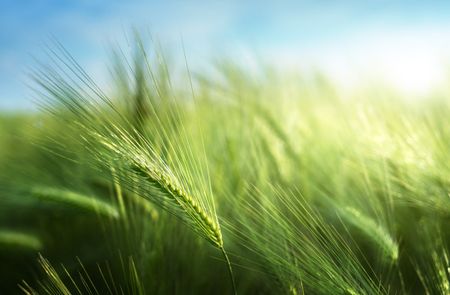 Barley Grain Care Guide: Can You Grow Barley At Home
Barley Grain Care Guide: Can You Grow Barley At HomeCan you grow barley at home? You don't need acres of land to grow barley in the garden, but it may be hard to source small amounts of seed. Even if you are not a beer enthusiast, you can learn how to grow barley for bread, soups and stews. This article can get you started.
By Bonnie L. Grant
-
 Barley Tillering And Heading Information – Learn About Barley Heads And Tillers
Barley Tillering And Heading Information – Learn About Barley Heads And TillersIf you are thinking of growing barley in your home garden, you’ll need to learn about barley tillering and heading. What are barley tillers? What is a barley head? Click on the following article to learn the ins and outs of tillering and heading of barley plants.
By Teo Spengler
-
Barley Basal Glume Blotch – How To Treat Glume Rot On Barley Plants
Basal glume blotch is a disease that can affect cereal grains, including barley, and can cause serious damage to the plant and even kill young seedlings. Click the following article to learn more about recognizing and treating basal glume blotch of barley crops.
By Liz Baessler
-
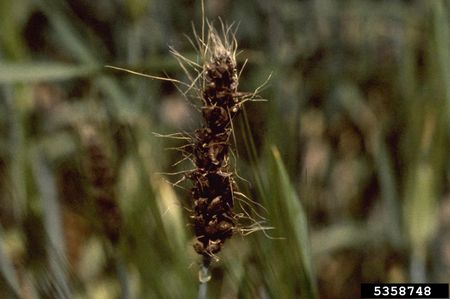 Barley Loose Smut Info: What Is Barley Loose Smut Disease
Barley Loose Smut Info: What Is Barley Loose Smut DiseaseBarley loose smut? It is a seed-borne illness that can occur anywhere barley is grown from untreated seed. The name comes from the loose seed heads produced that are covered in black spores. You don't want this in your field, so click here for more barley loose smut info.
By Bonnie L. Grant
-
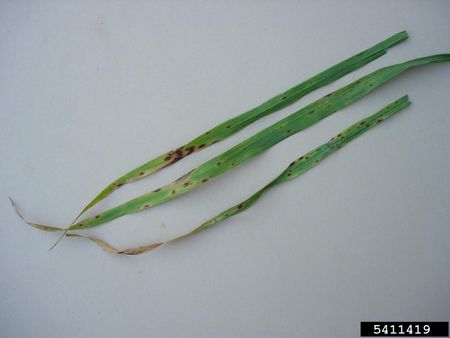 Spot Blotch Of Barley: How To Treat Barley With Spot Blotch Disease
Spot Blotch Of Barley: How To Treat Barley With Spot Blotch DiseaseBarley spot blotch disease can affect any part of the plant at any time. The disease can reduce yield and kill young plants. Click on the following article to learn about the steps to prevent and treat barley spot blotch.
By Bonnie L. Grant
-
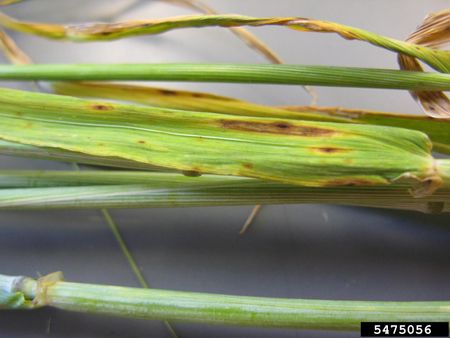 Barley Leaf Blotch Control: Treating Barley Speckled Leaf Blotch
Barley Leaf Blotch Control: Treating Barley Speckled Leaf BlotchBarley speckled leaf blotch is a fungal disease resulting in lower yields. While barley with leaf blotch is not a fatal condition, it opens the crop up to further infections that can decimate the field. Learn about preventing and treating leaf blotch in barley crops here.
By Amy Grant